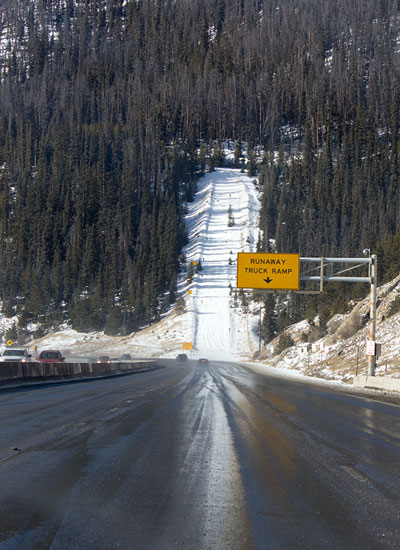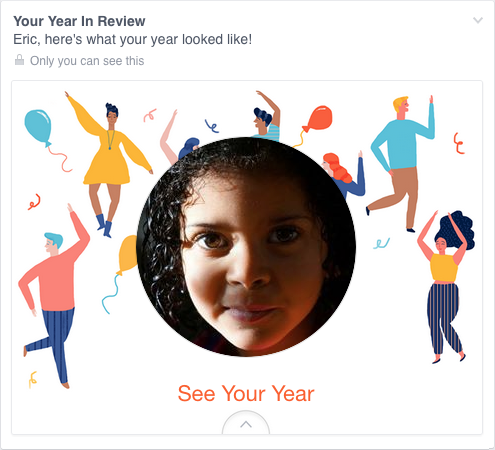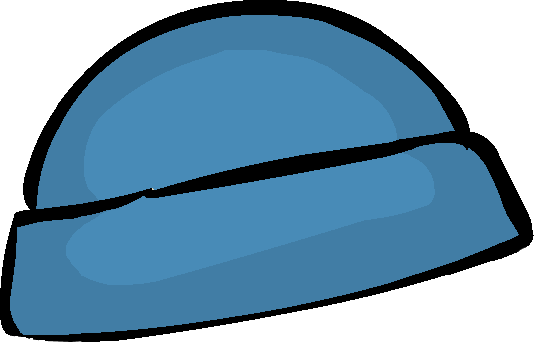Ramping Up
Published 10 years, 5 months pastWe were driving back home from our impromptu surprise family vacation in Tennessee, winding our way through the Appalachian Mountains, when I pointed out a long, steep ramp to nowhere branching off the side of the highway. “What do you think it’s for?” I asked the kids.

They made some guesses, some quite clever, but none correct. So I told them about runaway truck ramps and how they work. I think they were vaguely interested for a few seconds; I got a well-isn’t-that-interesting grunt, which I’ll take as a win. We swept on past, the kids went back to whatever they were doing before I’d interrupted them, and I kept my eyes on the road.
But I was still thinking about the runaway truck ramp, and how it’s a perfect physical example of designing for crisis.
I also wondered about the history of runaway ramps — when they were first implemented, and how many runaway vehicles crashed before the need was recognized and a solution found. After I got home, I looked it up and discovered that ramps didn’t really exist until the 1970s or so. Even if we assume that no vehicles lost control in the U.S. until the Eisenhower Interstate System was established in the 1950s (just go with it), that’s still two decades of what were probably some pretty horrible crashes, before a solution was implemented.
This is not to say that the ramps are a perfect solution. A runaway vehicle can certainly crash before reaching the next ramp, and using a ramp is likely to damage the vehicle even under the best of circumstances. A badly-designed ramp can be almost as dangerous as no ramp at all. Still, a solution exists.
I feel like web design is at the pre-ramp phase. We’ve created a huge, sprawling system that amplifies commerce and communication, but we haven’t yet figured out how to build in some worst-case-scenario features that don’t interfere with the main functioning of the system. We’ve laid down the paths and made some of them look pretty or even breathtaking, but we’re still not dealing with the crashes that happen when an edge case comes onto our stretch of the road.
I’m trying really hard to avoid “information superhighway” clichés here, by the way.
I’ve been pondering whether to incorporate this particular example into my 2015 talk, “Designing for Crisis” — much will depend on how the talk stands after I go back through it one more time to tighten it up, and start rehearsing again. If there’s room and a good hook, I’ll add it in as a brief illustration. If not, that’s okay too. It’s still given me another way to look at designing for crisis, and how that topic fits into the broader theme that the Facebook imbroglio brought to light.
I’m still trying to get a good handle on what the broader theme is, exactly. “Designing for Crisis” is a part of it, but just a part. Several people have told me I should turn that talk into a book, but it never quite felt like a book. Sure, I could have stretched it to fill a book, but something was missing, and I knew it. I thought there was a hole in the idea that I needed to identify and fill; instead, the idea was filling a hole in a context I hadn’t seen.
Now I have. It will take some time to see all of it, or even just more of it, but at least now I know it’s there and waiting to be explored and shared.




